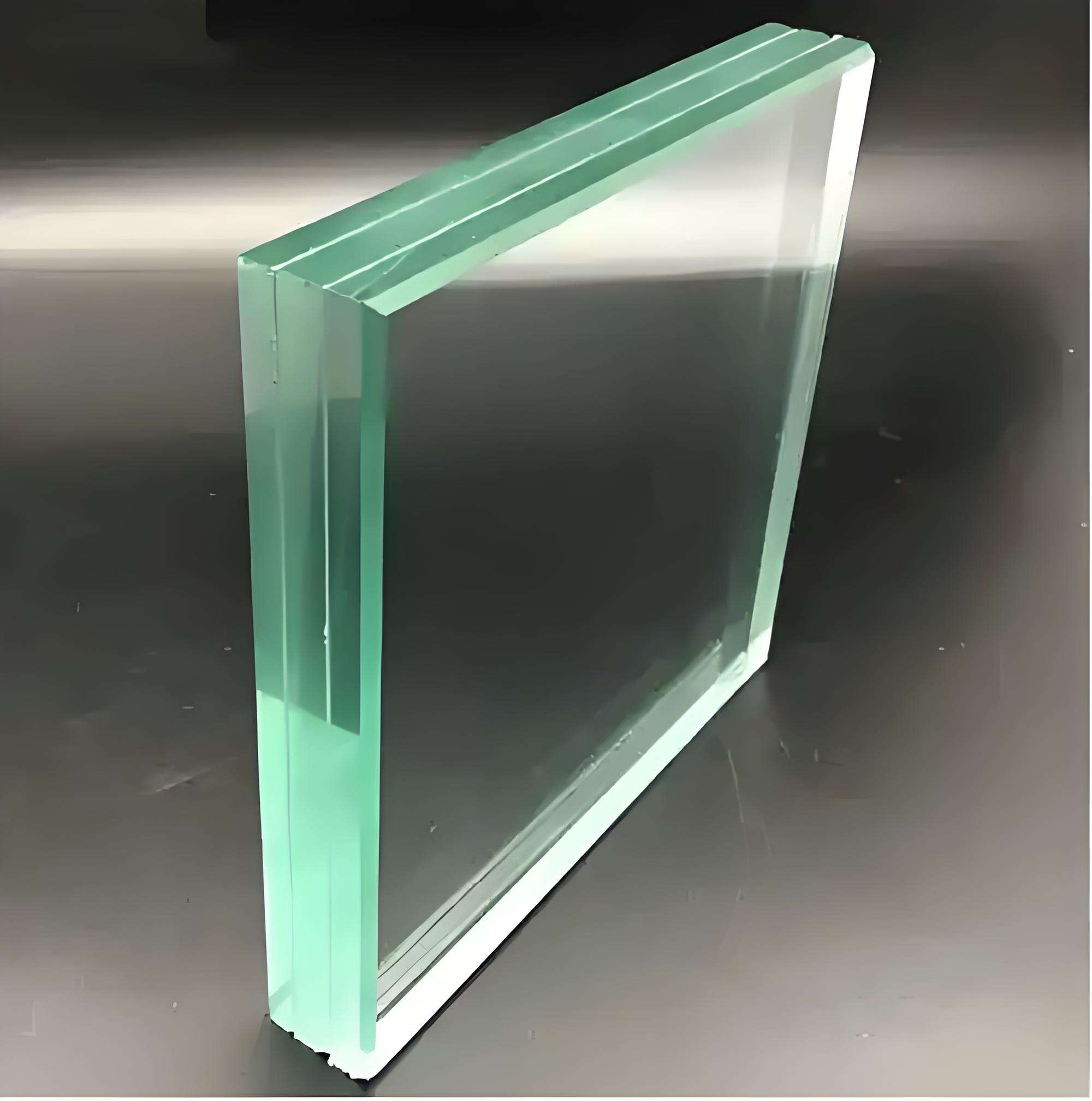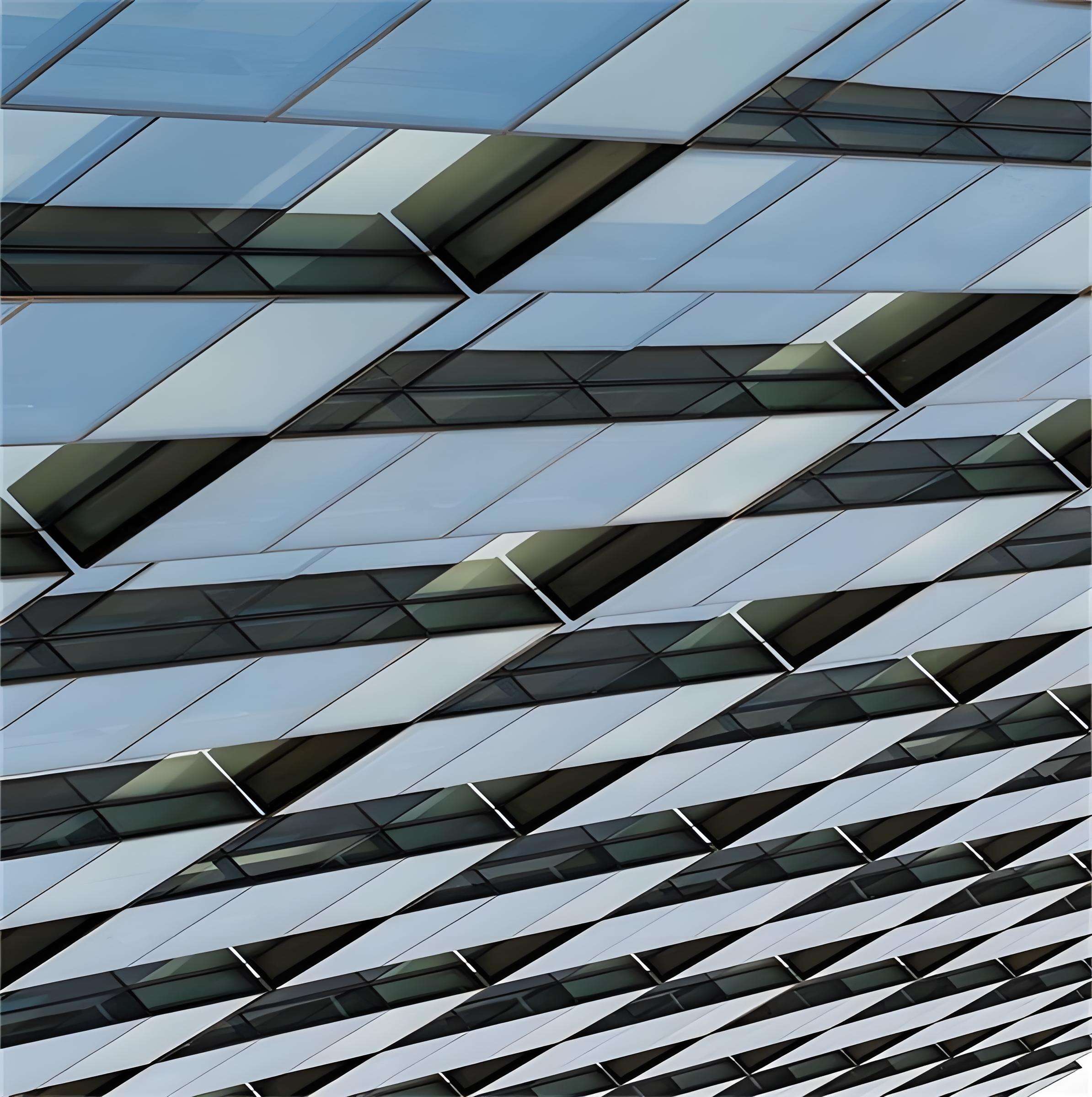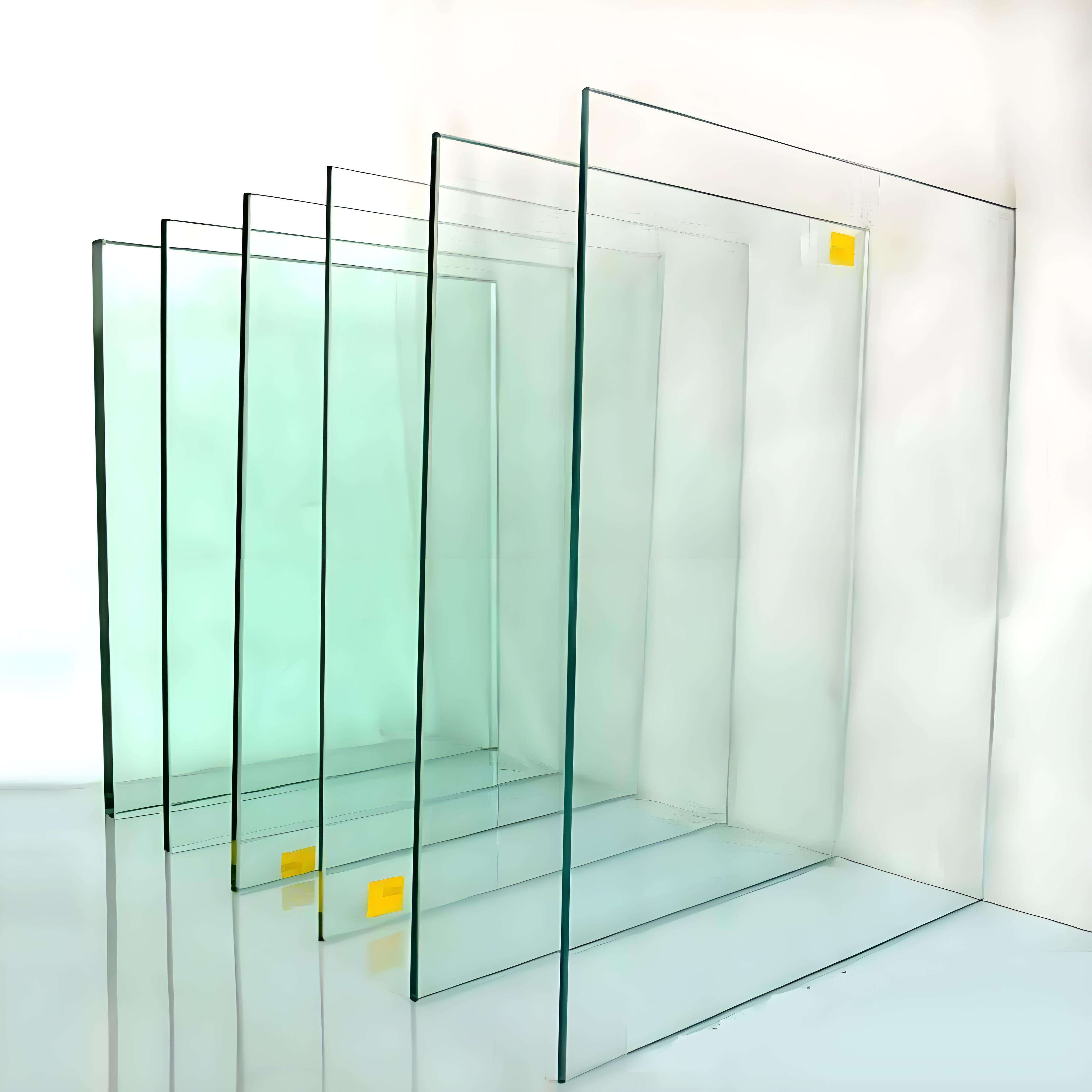Aesthetic Versatility and Design Freedom
Curved tempered glass opens up unprecedented possibilities in architectural and product design, offering a perfect blend of form and function. The ability to create smooth, flowing curves while maintaining structural integrity allows designers to push the boundaries of conventional design limitations. The glass can be manufactured with various curvature radii, thickness options, and surface treatments, providing extensive creative freedom for diverse applications. The material's inherent transparency and optical clarity remain uncompromised through the curving process, ensuring that visual appeal is maintained regardless of the complexity of the design. This versatility extends to various finishing options, including tinting, frosting, and special coatings, enabling customization for specific aesthetic requirements while retaining the glass's core structural properties.


